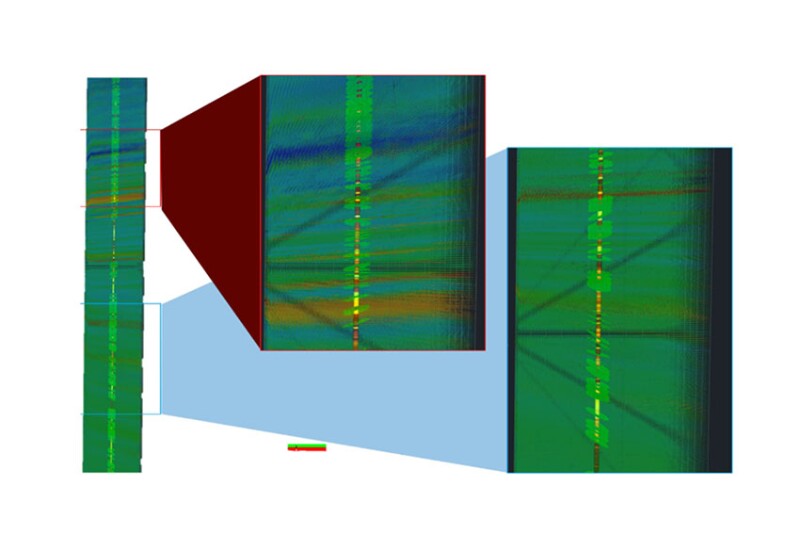Deep transient testing (DTT) is a wireline-formation-testing technique investigating higher permeability and thicker reservoir packages with increased radius of investigation compared with traditional interval-pressure transient testing (IPTT) by flowing faster and longer and by using higher-resolution pressure gauges. The complete paper presents a digital workflow applied to several greenfields in the Asia Pacific region that led to successful DTT operations initiated from intelligent planning, positively affecting field development decisions.
Introduction
With DTT, high-power pumps provide the ability to flow reservoir fluid at much higher rates than was possible with previous formation testers. Running such high-powered pumps for extended periods with wireline conveyances would dilute the mud system to the extent that the well overbalance could be jeopardized. DTTs, therefore, are conveyed on drillpipe and use a circulating sub, introduced to mix pumped hydrocarbons with circulated mud and to evacuate the mixture to surface continuously.


